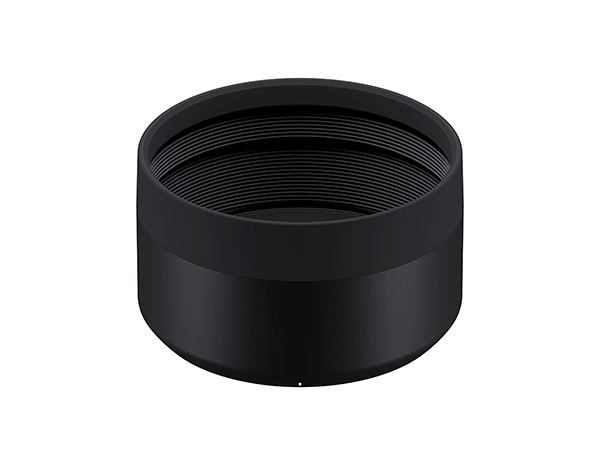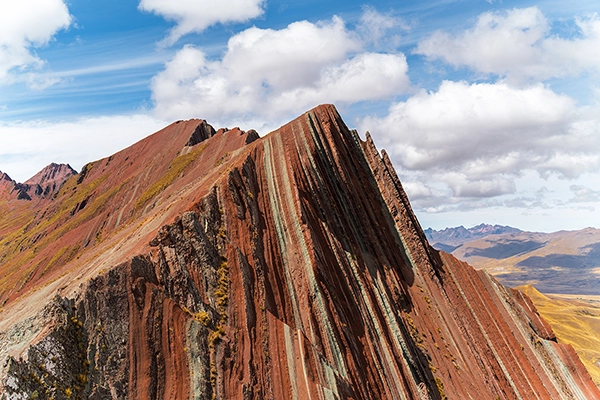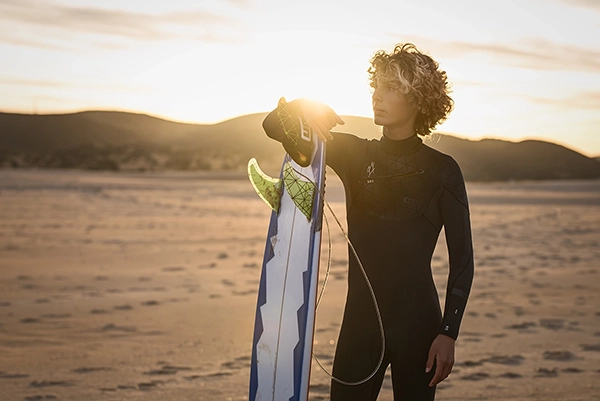Tamron Blogs
Share the article:
More Photo Tips | Video Gallery | Photo Gallery | Enewsletter sign-up
What is a Camera Lens Hood?
You might have observed patches of light in your images, likely stemming from unwanted flare and ghosting. Failure to utilize your lens hood could have contributed to this occurrence.
Tamron lenses produce excellent images with high resolution, contrast, and sharpness. The designers at Tamron consider the lens hood to be an essential component of the lens design. Therefore, they strongly recommend utilizing the lens hood whenever shooting outdoors.
Experts recommend using the hood even at night and indoors to prevent stray light from entering the lens from any source. All Tamron lenses include a lens hood designed for the lens.

Click image to view larger
A camera lens hood serves multiple significant purposes for photographers. Employing a photography lens hood will enhance the quality of your images. A hood may seem like a simple accessory, but it can be confusing when and why to use it.

Click image to view larger
What is a photography lens hood?
The photography lens hood is made from the same material as your lens body. It attaches to the front of your lens either by snapping or screwing on. Its primary function is to block unwanted light from entering the lens.
The lens cap will fit on your lens when you are using a hood. You can also place the lens cap on the lens when the hood is in the storage position. There are several types of lens hoods and the one you use is determined by the type of lens you are using.
Telephoto lenses require that you use a hood that is deep. The hood is cylindrical with no cut outs to accommodate the focal lengths your telephoto zoom lenses are designed to cover. The same type of hood is used for prime lenses that have a focal length of 50mm or more.

Click image to view larger
Standard and Wide angle zoom lenses use tulip lens hoods or petal lens hoods. The sides of the hood are cut out to five the appearance of a flower. When you are zoomed out to a wide angle setting, the hood will not create any vignetting on the sides. If the hood is not cut out, you will get dark edges on your image.

Click image to view larger
What does the camera lens hood do?
One of the main functions of a camera lens hood is to block stray light from entering the lens from angles outside of the frame.
Prevents flare and ghosting
The hood prevents internal reflections and aids in diminishing various types of lens flare, including veiling flare and ghosting. Flare and ghosting can deteriorate your image quality, reduce contrast, and introduce undesirable artifacts into your photos. This happens in situations involving bright sunlight or other bright light sources.
Often appearing as circles or rings stemming from the light source, ghosting refers to visible spots or artifacts in the image. It's important to differentiate ghosting from bokeh, which is a background blur effect created by the lens.

Click image to view larger
Veiling occurs when a haze of light blankets the entire scene, leading to washed-out, low-contrast photos. Veiling arises when the light source is positioned outside the frame but still impacts the lens's front element.
Increases color and contrast
By reducing the amount of stray light entering the lens, a lens hood can help improve overall image quality by increasing contrast and color saturation. This is particularly noticeable in situations with strong backlighting or high contrast scenes.

Click image to view larger
Provides protection for your lens
A hood also provides protection for the front lens elements of your lenses. If you bump into an object, your hood can protect your lens, guarding it against inadvertent knocks, scratches, and impacts that may happen while shooting in crowded or rugged settings.
Furthermore, in the event you drop your camera lens with the front element facing downwards, the hood serves as a protective barrier. The hood can avert potential damage to both the filter and the lens's front element. Considering the high cost of repairs, it is strong recommended that you use a hood as a preventive measure.
Tamron emphasizes usability for outdoor shooting. On several Tamron ultra-telephoto zoom lenses, the hood features a flexible, shock-absorbing front rim to prevent cracks and damage. This allows you to place the lens on its hood without damaging the hood.

Click image to view larger
In addition to providing protection against physical damage, a lens hood may also offer some protection against rain, snow, and other elements. While it's not waterproof, a hood can help prevent moisture from directly hitting the front element of the lens.
However, should moisture, dirt, or smudges find their way onto the front element of your Tamron lenses, worry not. Cleaning is easy thanks to the fluorine coating on the front element of Tamron lenses that facilitates effortless maintenance.
Can I remove the lens hood to intentionally create flare?
Certain scenarios may arise where opting not to use the lens hood is preferable. Introducing lens flare into your image can be a deliberate choice, adding an artistic touch when used intentionally. You may remove the lens hood and shoot directly into the light source to create a variety of flare effects.

Click image to view larger
Lens flare can manifest in various forms, each adding a distinct visual element to your photographs. Creating lens flare on purpose can enhance the visual appeal of both portrait and landscape photography.

Click image to view larger
Using veiling flare deliberately can give your photos a soft, warm feel. However, if veiling you use too much, your image may be unusable.
You can achieve a starburst effect by shooting with a small aperture, such as f/11 or f/16. The starburst effect transforms the sun into a small, star-like beam of light. The aperture controls the amount of light entering the camera. With smaller apertures allowing less light through, the sun's appearance shifts to a radiant starburst.

Click image to view larger
For a more pronounced starburst effect, position the sun or light source at the periphery of your subject, like a tree, mountain, or person.
You may need to remove the hood when using your pop-up flash. The lens hood can obstruct the light from the pop-up flash, resulting in a shadow at the bottom of your image. Using a flash attached to your camera's hot shoe resolves this matter, as its elevated position on the camera prevents any interference with the lens hood.
Can I use filters when I am using my lens hood?
Filters are threaded on the side facing your subject. You can mount the hood onto your filter. When using a circular polarizer filter, you will need to reach into your hood to adjust the effect.
Can I use one hood on all my lenses?
Like a filter, your hood, screws into snaps onto the front of your lens. Hoods will therefore have different sizes that will adapt to your lens. Additionally, as previously mentioned, hoods have different shapes depending on the lens you use. If you have two lenses of the same type, such as wide angle lenses, and just one hood petal-hood made for wide angle lenses, you can use the hood on both lenses provided they share the same filter thread.
What do I do with my lens hood when I am not using it?
Most hoods, including all Tamron hoods, are designed to be stored on the lens itself. Simply reverse the hood and secure it on the lens. Before putting your camera and lens into your camera bag, store the hood in this position to maximize space.
What do I do if I do not have a camera lens hood?
If you don't have a camera lens hood, you can reduce glare and reflections by shading the lens with your hand. You can also reduce the issue of flare and ghosting by shooting from a different angle or adjusting your composition to avoid direct light sources.
Conclusion
The camera lens hood is an important tool to use when you are taking photos. Using a lens hood can help you achieve better image quality and protect your valuable equipment, making it a worthwhile accessory for any photographer. If you do not have a tool, consider purchasing the right hood for your lens or lenses before heading out on your next shoot.
Related Articles
Read about other must-have accessories
More Photo Tips | Watch Videos | Learn More About Tamron Lenses | Photo Gallery